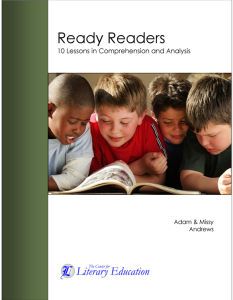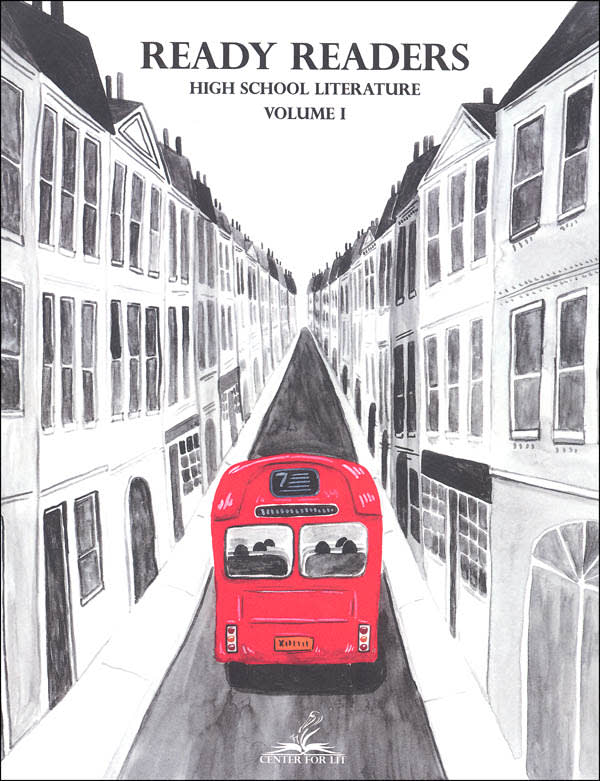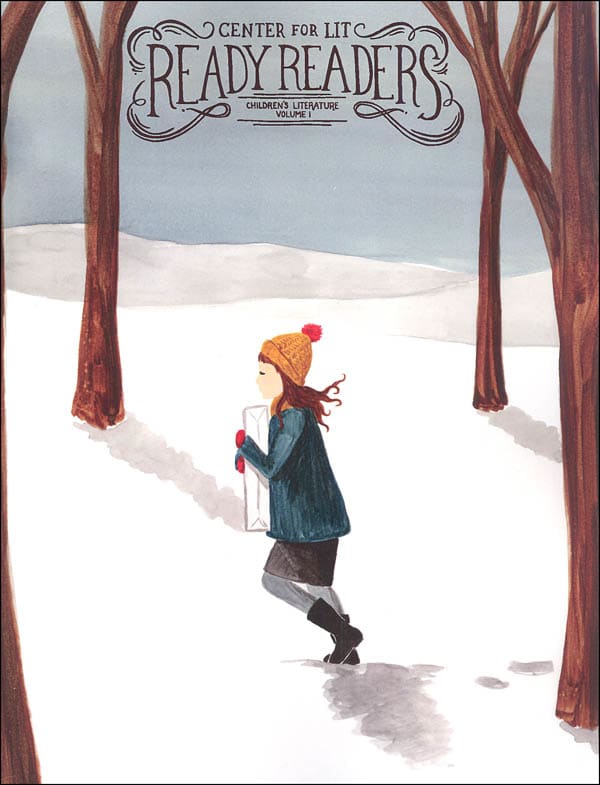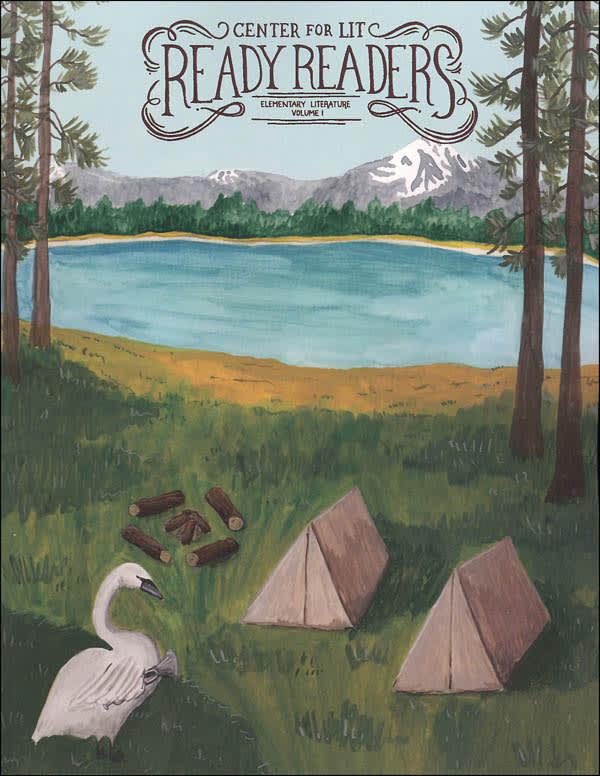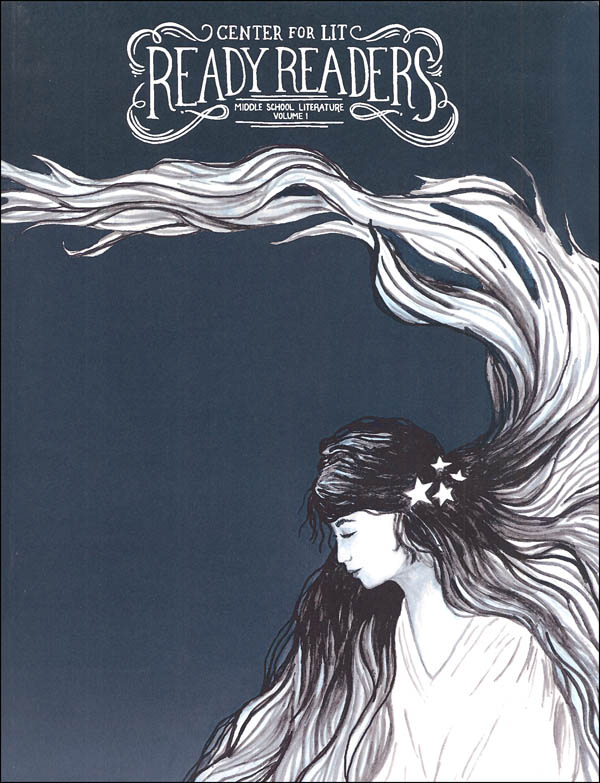The Center for Literary Education publishes one of my Top Picks, Teaching the Classics, which teaches parents how to use Socratic questions to discuss literary works with students of all ages. They also have begun to publish Ready Readers that do even more of the work for you. While you can teach just about any literary works you want using the format taught in Teaching the Classics, some parents prefer more guidance, especially if they tackle literature with which they are not familiar.
Each Ready Reader is a teacher's guide for a specific collection of books. Ready Readers provide solid guidance for teaching both literary appreciation and literary analysis at appropriate grade levels.
Thus far there are five guides. Ready Readers 1, Ready Readers 2, and Ready Readers 3 each cover from five to ten children's books. Ready Readers: The Chronicles of Narnia covers the seven books in that series. New to the series is Ready Readers High School Literature Volume I.
Any of the Ready Readers might be used with students even up through high school. As explained in Teaching the Classics, sometimes starting with children's picture books even with older students helps them grasp the concepts very easily. Reader Readers 1 might be used as early as kindergarten, since it uses ten children's books, most of which might be read in one sitting.
For Ready Readers 2, children in at least third grade will be reading up to five books, including The Trumpet of the Swan, The Cricket in Times Square, Miracles on Maple Hill, The Door in the Wall and Misty of Chincoteague.
For Ready Readers 3, students should be at least sixth grade level since they will be reading up to five novels, including Treasure Island, At the Back of the North Wind, The Bronze Bow, The Hobbit, and Carry On, Mr. Bowditch.
For Ready Readers: The Chronicles of Narnia, students should be in at least fifth grade. You need not read all of the books covered in a guide in one year. You can use whichever titles you like.
Ready Readers High School Literature Volume I covers five substantial works: The Odyssey, Julius Caesar (Shakespeare), The Scarlet Letter, A Tale of Two Cities, and The Great Divorce.
The only guide for which the order in which books are read will matter is Ready Readers: The Chronicles of Narnia. Note that most of the books featured in Ready Readers appear on the lists in Reading Roadmaps, a complementary resource from The Center for Lit that I review within the Teaching the Classics review.
Parents and teachers should first become familiar with Teaching the Classics methodology before using the Ready Readers although the methodology is summarized on two pages at the beginning of each guide. Guides all follow the Teaching the Classics approach to literary analysis and interpretation. Children identify the context, structure, and style of each work and complete a "Story Chart" graphic organizer for each book. (The high school guide offers more than one sample Story Chart for works with multiple themes.) A series of Socratic questions keyed to "The Socratic List" in Teaching the Classics is used to help students move from comprehension level to deeper thinking and analysis of the literary works. The guides do not try to answer every possible question from Teaching the Classics, but they show how questions should be selected that are most suitable for each literary work.
The Ready Reader guides include overview summaries of plot, the conflict, setting, characters, and the theme for the benefit of the parent or teacher. Then they present the questions that help children to identify all of these things and more at a deeper level. For example, in the study of Prince Caspian in the fourth of the Ready Readers, the parent or teacher will ask, "What does the protagonist think is the most important thing in life?" The teacher's guide then provides you with a detailed answer so you will know what sort of response to expect from your child. Guides reflect a Christian worldview but more obviously in the study of some works than others.
All volumes are available as either print books or as downloadable PDF files directly from the publisher.
I love the approach of Teaching the Classics, and I'm very pleased that the Center for Literary Education has taken extra steps to make the methodology that much easier to use.




